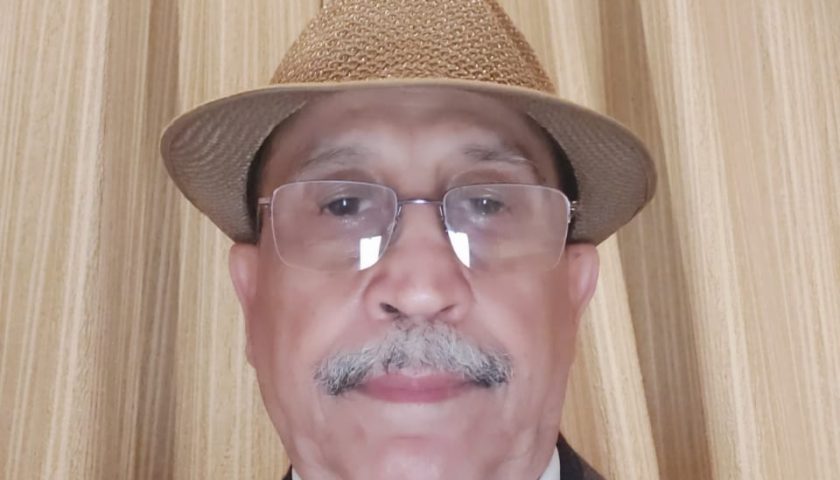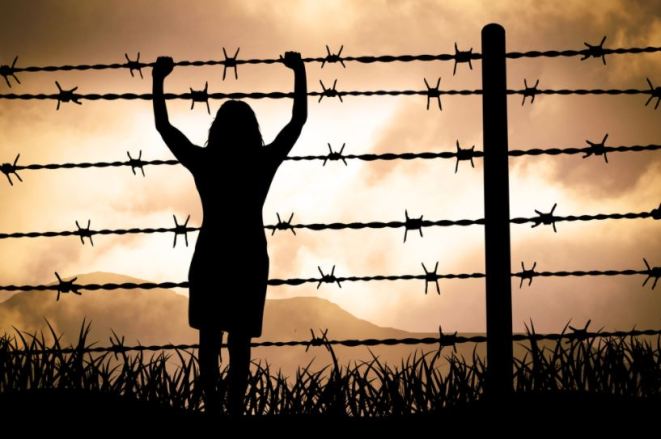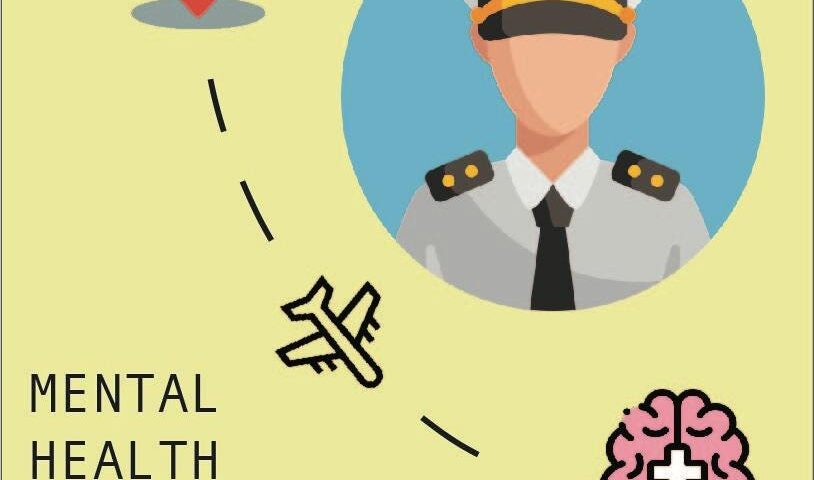
The word female appears a little derogatory when used for ladies. But, when discrimination starts inside the womb itself and continues during childhood, adolescence into womanhood; be it marital life, a job or even after that in a widow’s life, the word female appears more appropriate. Discrimination is a very mild word. Females are harassed, exploited, subjugated, raped, assaulted or even killed – inside the womb or outside it.
Across the world, women live longer lives than men, even in India. The life expectancy at birth for the females is 2 to 3 years more in various states of the country. Yet, the female to male ratio is highly in favour of males in India. It ranges from a low of 800:1000 in J&K to a high of 1080:1000 in just two districts of the Matriarchal state like Kerala. Other districts of Kerala too showed a negative ratio for females. It is because many female fetuses are killed or new borns abandoned. The sick girl children are not given medicines on time or the expensive ones avoided. After marriage, many are either killed or abetted into suicide for dowry. These days many a rapist even kill their victims to avoid identification.

Ramayan and Mahabharat are two revered holy books of India. They have laid the foundations of our culture. The underlying message of both is that females are the weaker sex and need protection. Kidnapping or sexual assault on females is a method of revenge against enemies. This is in contradiction to the worship of Shakti for gaining power and strength. Many forms of the Goddess are worshipped in most regions. Even young girls are worshipped twice a year during Navratri or similar festivals. The dark age of the country started with the foreign invaders of Islam or Christianity who married or kidnapped and raped the local girls of any religious faith. This led to further discrimination in the form of child marriage, ‘Ghunghat’ and ‘Sati’ traditions. Girls were not sent out of their house for schooling or vocational purposes. In effect, they became unpaid domestic help who needed ‘protection’.

It was in the late nineteenth and early twentieth centuries that an awakening started amongst the intelligentsia of the country. Reform movements were started by Vivekanand, Ramakrishna, Raja Ram Mohan Roy and others. The freedom movement gave further impetus and many ladies came to the forefront of Congress and Azad Hind Fauj. The Radio and vernacular press brought slow and subtle changes. But, after Independence, the right to vote was a game-changer and women who had never left their homes were also allowed to go and cast their votes in secrecy. Changes started rapidly with the encouragement of free or highly subsidized schooling for girls in many states. But, there was no change in the minds of the males, especially in patriarchal families. They felt that more monitoring was now needed to save the ‘Family Honour’.
Almost a hundred years ago Mahatma Gandhi had said, “Of all the evils, for which man has made himself responsible, none other is so degrading, so shocking or so brutal as his abuse of the better half of humanity: the female sex” (not the weaker sex).
Just after independence, Jawahar Lal Nehru, our first Prime Minister had also remarked, “You can tell the condition of a nation by looking at the status of its Women“. And today, India appears very sick.

This article is just a teaser.
The next few articles will focus on the specific issues and challenges facing the female sex, the laws framed by the government, their implementation and what more can be done by ‘US’. (‘Us’ and not United States! )
Author: Maj Gen Krishan Chauhan (Retd)

Maj Gen Krishan Chauhan is a second generation army officer. He studied in Sainik School Kapurthala, graduated from IG Medical College, Shimla and did his MD from AFMC/Pune University. He has served in the Army Medical Corps for 36 years and retired as the Addl DGMS army. He is an avid marathon runner and a writer. He first wrote articles for children in The Young Chronicles. Later, he started writing his on blog as Genkris, on wordpress where over 25 articles on various subjects can be accessed.



